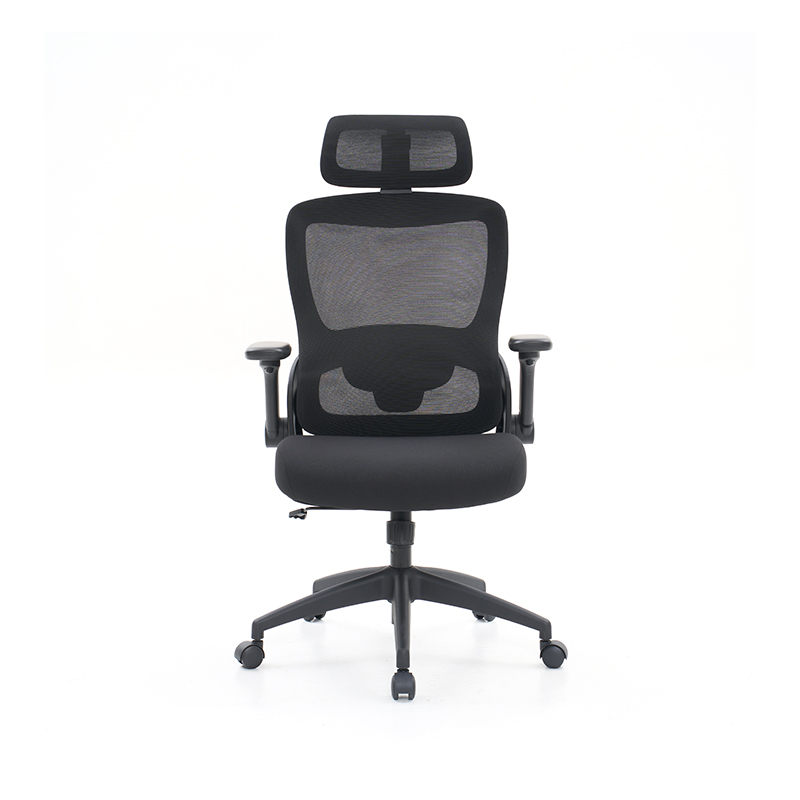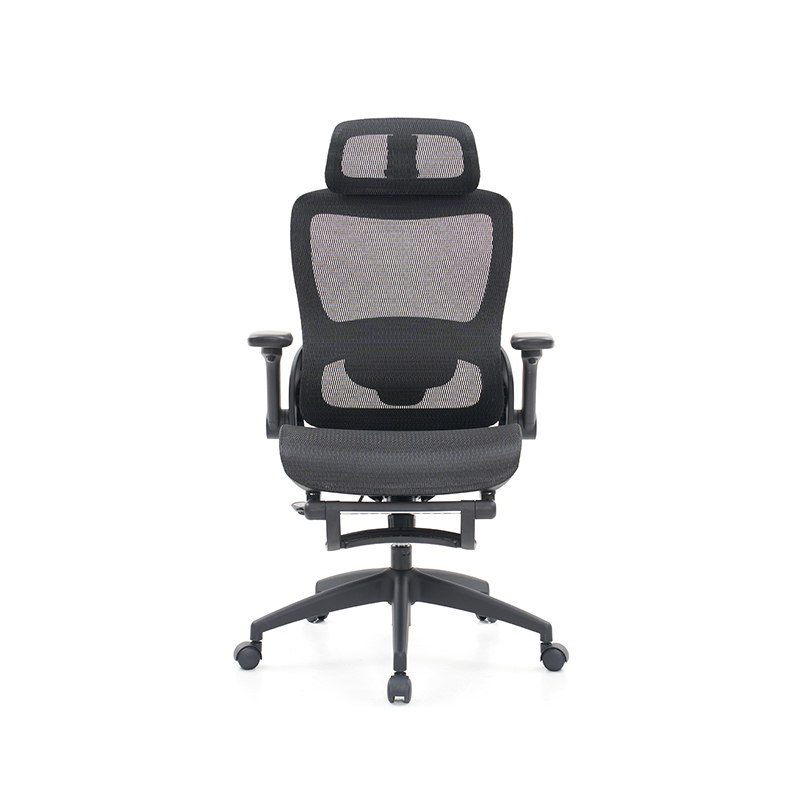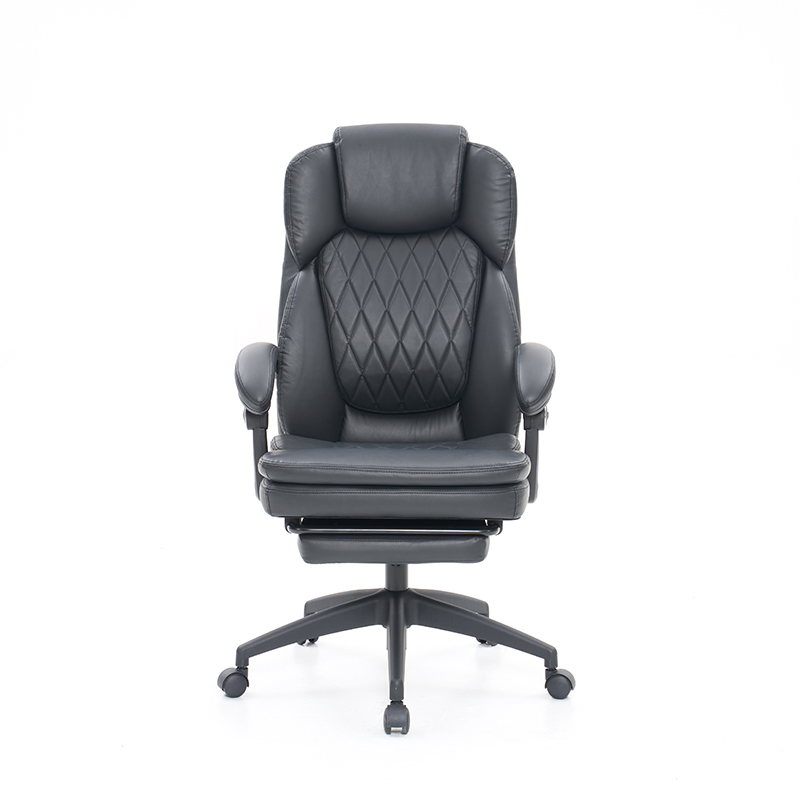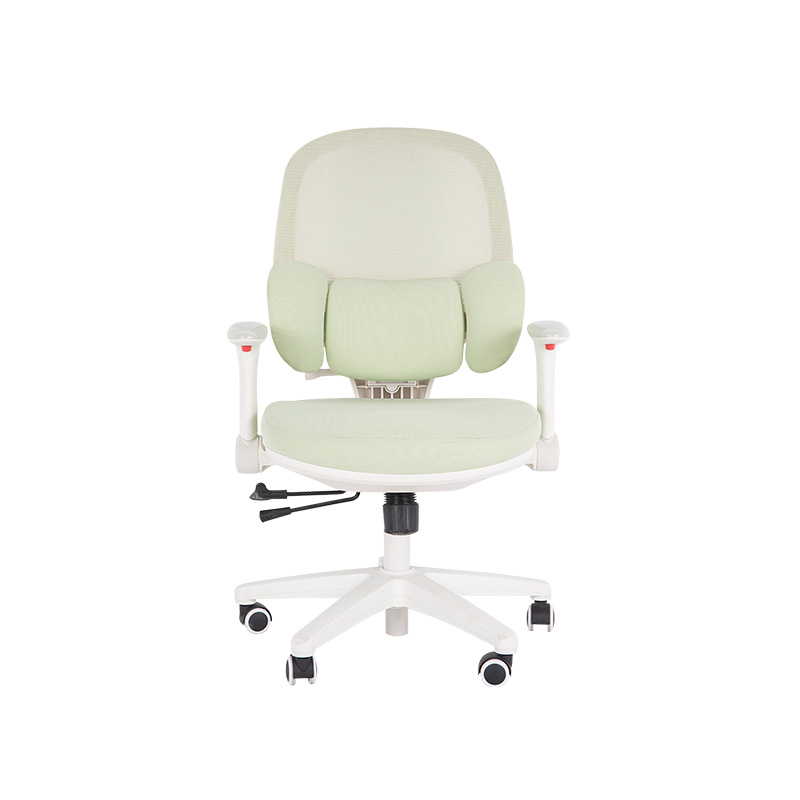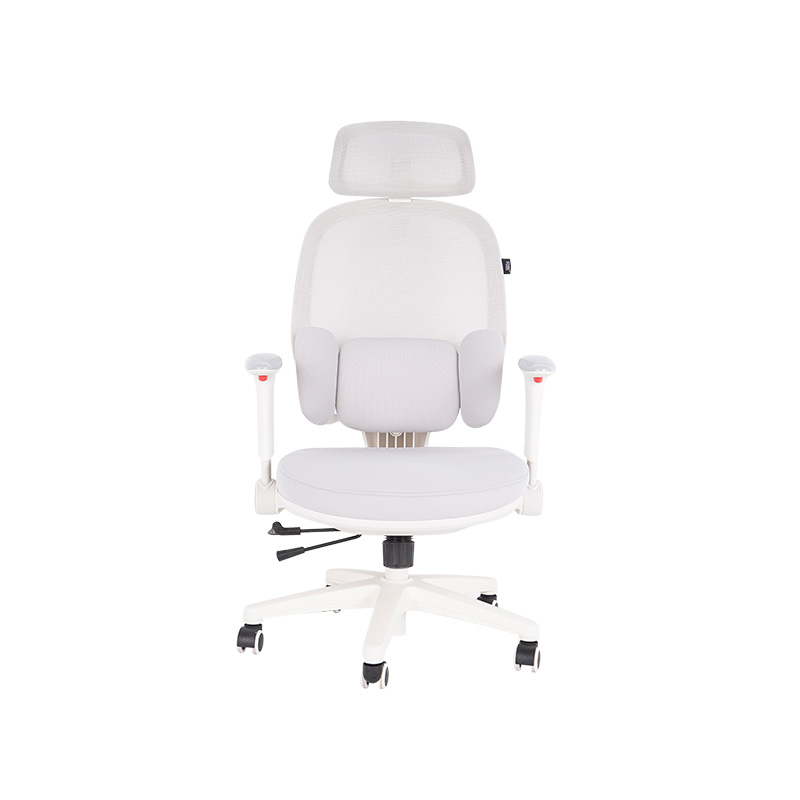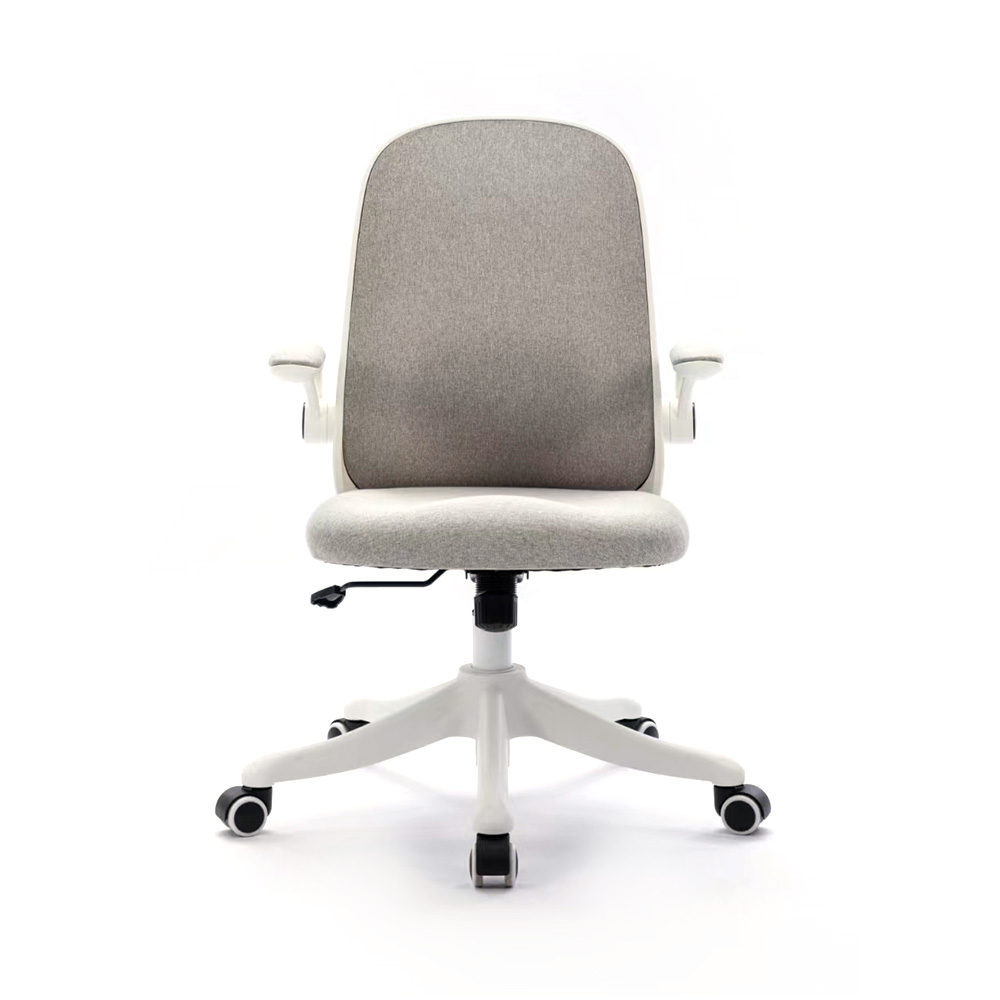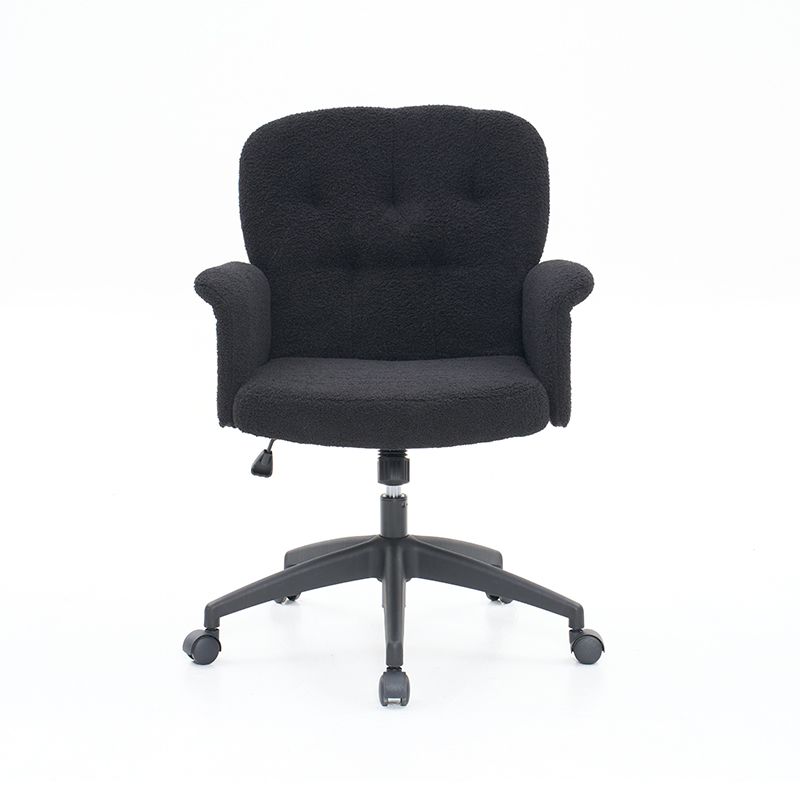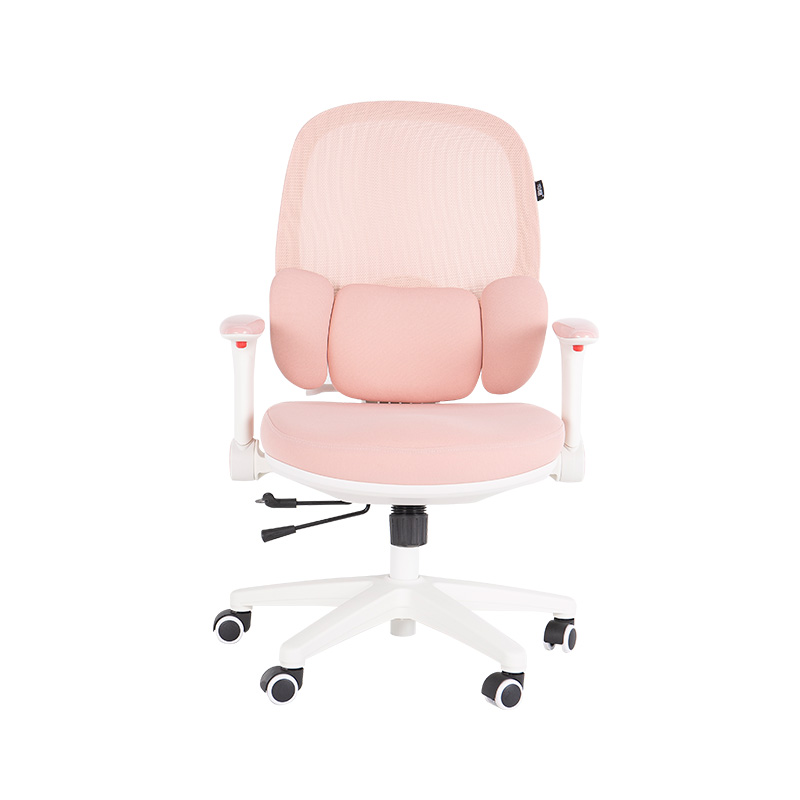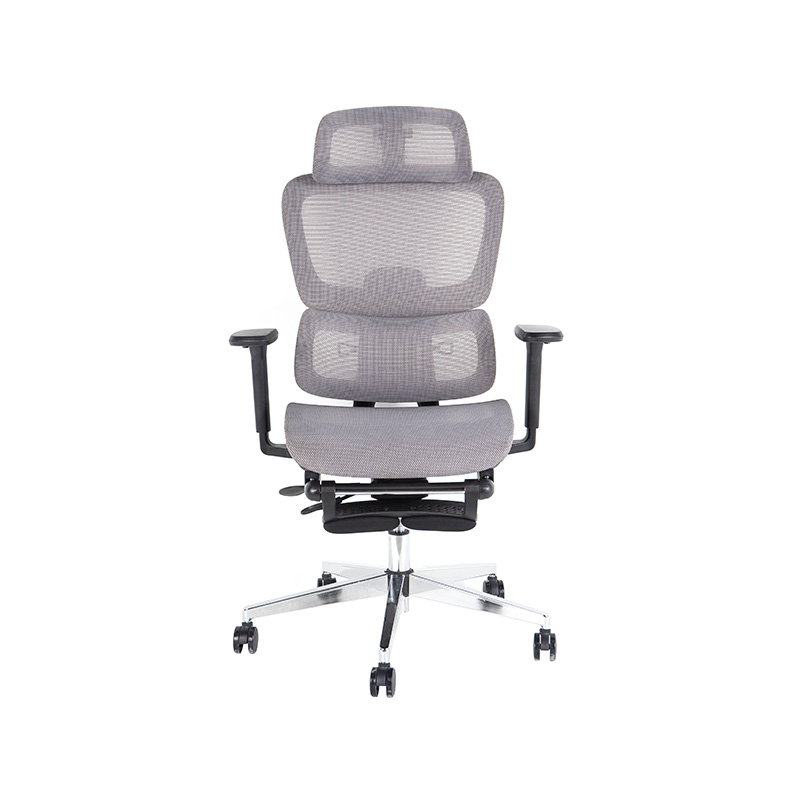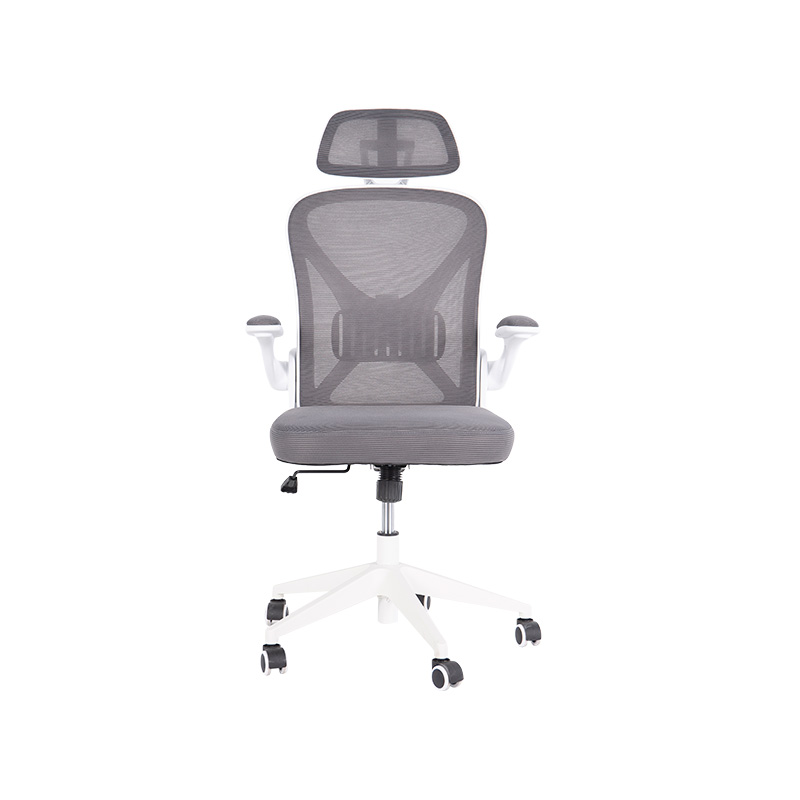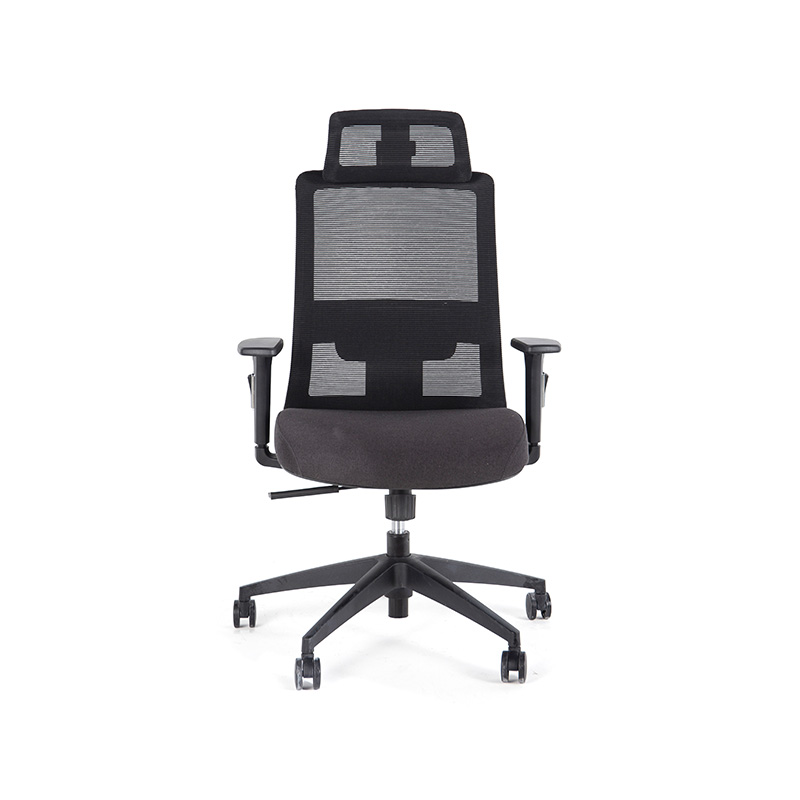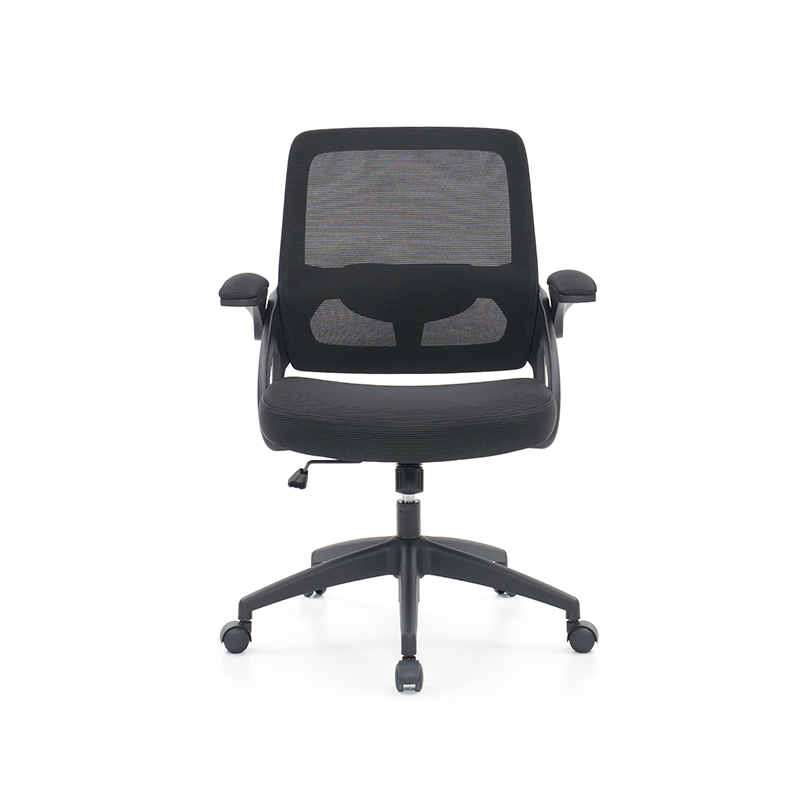Executive Chair: Best Options for Small Office Spaces
Introduction
Choosing the right Executive Chair for a small office requires balancing comfort, functionality, and space efficiency. Small office spaces demand furniture that maximizes usability while ensuring ergonomic support for long working hours. The right chair not only improves posture but also enhances productivity and employee satisfaction.
Key Selection Criteria for Small Office Executive Chairs
Space and Size Compatibility
- Measure office dimensions and chair footprint before purchasing to avoid cramped work areas.
- Compare seat width, depth, and backrest height to the available office space:
| Feature | Small Office Chair | Standard Office Chair |
| Seat Width | 18-20 inches | 20-22 inches |
| Seat Depth | 16-18 inches | 18-20 inches |
| Backrest Height | 24-26 inches | 26-30 inches |
- Choosing the right size ensures free movement, reduces strain, and makes small offices feel less cluttered.
Ergonomic Design
- Adjustable seat height, tilt, and backrest angle improve posture and reduce fatigue.
- Important feature: Executive Chair with adjustable armrests allows users to customize support for shoulders and arms.
- Comparison of ergonomic benefits:
Feature Fixed Armrests Adjustable Armrests Comfort Moderate High Posture Support Limited Enhanced Custom Fit No Yes - Ergonomic features also reduce risks of back pain and repetitive strain injuries.
Comfort Features
- High-quality cushioning ensures long-term comfort and pressure relief.
- Consider Executive Chair with massage functionality to alleviate tension during long work sessions.
- Comparison of comfort options:
Feature Standard Cushion Massage Function Pressure Relief Moderate High Fatigue Reduction Moderate High Relaxation None Enhanced
Special User Adaptations
- High individuals require chairs with taller backrests and deeper seats to maintain correct posture.
- Opt for Executive Chair designed for tall users to ensure proper lumbar support and comfort.
- Comparison:
Feature Standard Chair Tall User Chair Seat Height 16-20 inches 18-22 inches Backrest Height 24-28 inches 28-32 inches Comfort for Tall Users Limited High - Properly sized chairs prevent back strain and improve workflow efficiency.
Material and Environmental Considerations
- Choose Executive Chair made from eco-friendly materials to reduce environmental impact.
- Compare material durability and sustainability:
Material Standard Plastic Eco-Friendly Material Durability Moderate High Environmental Impact High Low Maintenance Easy Moderate - Eco-friendly chairs often feature recycled materials, breathable fabrics, and long-lasting construction.
Small Office Layout and Chair Coordination
- Ensure chair height and seat depth match desk dimensions.
- Mobility and swivel features improve accessibility in tight spaces.
- Coordinate chair design with office aesthetic to create a professional and organized environment.
- Consider stackable or foldable options for multi-use small office rooms.
Purchase Recommendations
- Select chairs that balance budget, ergonomic features, and durability.
- Focus on long-term comfort features such as adjustable armrests, lumbar support, and massage functionality.
- Check reviews or user feedback emphasizing real-world comfort and efficiency.
- Ensure Executive Chair meets specific office requirements for both standard and tall users.
Conclusion
Selecting the right Executive Chair for a small office requires attention to space, ergonomics, comfort, and sustainability. Chairs with adjustable armrests, massage functionality, adaptability for tall users, and eco-friendly materials offer the optimal combination of support, comfort, and efficiency for any compact workspace.
Contact Us

 English
English 中文简体
中文简体 عربى
عربى




